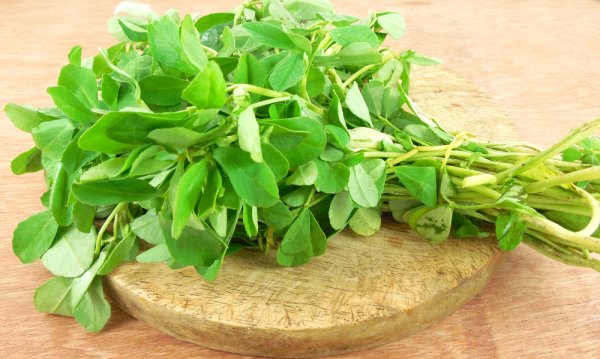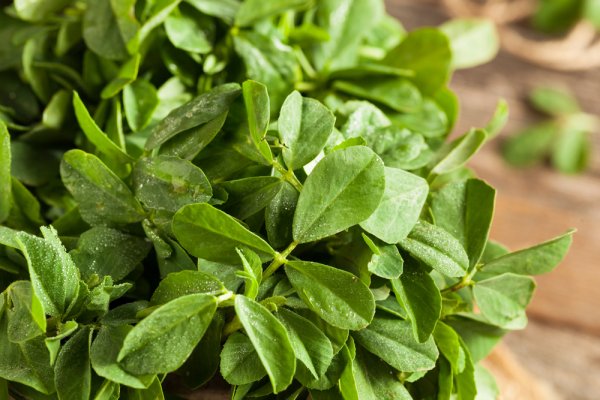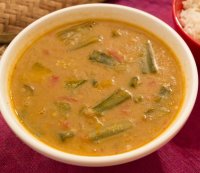Description
Fenugreek (Trigonella foenum-graecum) is an annual plant with long, slender stems and oblate leaves. Its seeds, which are yellow-brown or amber in color, are hard and angular, sometimes nearly cubic, with a deep central furrow. It is used as a herb, spice, and vegetable, as both the leaves and seeds are edible.
Origin
Fenugreek originated in the Near East where it was being used in Iraq as early as 4000 BCE. Most modern fenugreek is produced in the Rajasthan province of India, although it is cultivated worldwide as a semiarid crop.
Varieties
There are numerous wild and cultivated varieties of fenugreek.
Flavor Profile
Fenugreek has a warm, pungent aroma and a bittersweet flavor that is similar to burnt sugar.
Nutrient Profile
The edible leaves of fenugreek are a good source of calcium and also contain some protein. Fenugreek seeds are rich in protein and dietary fiber and also contain thiamine, riboflavin, niacin, pyridoxine, folic acid, iron, and vitamins A and C.
Preparations
Roasted and ground, fenugreek seeds are frequently added to curry powders, pickling sauces, dal, vegetable preparations, and chutneys in Indian, Middle Eastern, and North African cuisines. Fenugreek is added to pita bread in Egypt and is an ingredient in the Middle Eastern confection halva.
Fresh fenugreek leaves are used in some Indian curries, and fenugreek sprouts and microgreens, called samudra methi, are used in many Indian salads. The Persian dish eshkeneh also uses fenugreek leaves. In Yemen, fenugreek, hot spices, turmeric, and lemon juice are combined into a relish called hilbeh, which is eaten ceremonially during the first one or two nights of Rosh Hashanah, the Jewish New Year celebration.
Season
Fenugreek seeds are available year-round. Fenugreek plants are in season in spring and summer. They mature four months after being planted, and the seeds are dried before use.
Did You Know?
- Fenugreek was found in the tomb of Tutankhamun in Egypt.
- Fenugreek contains the compound diosgenin, which, when ingested, mimics the effects of the hormone estrogen.
Featured Recipes with Fenugreek
Ingredient introduction and directions © Copyright 2016-2025 World Trade Press. All rights reserved.






